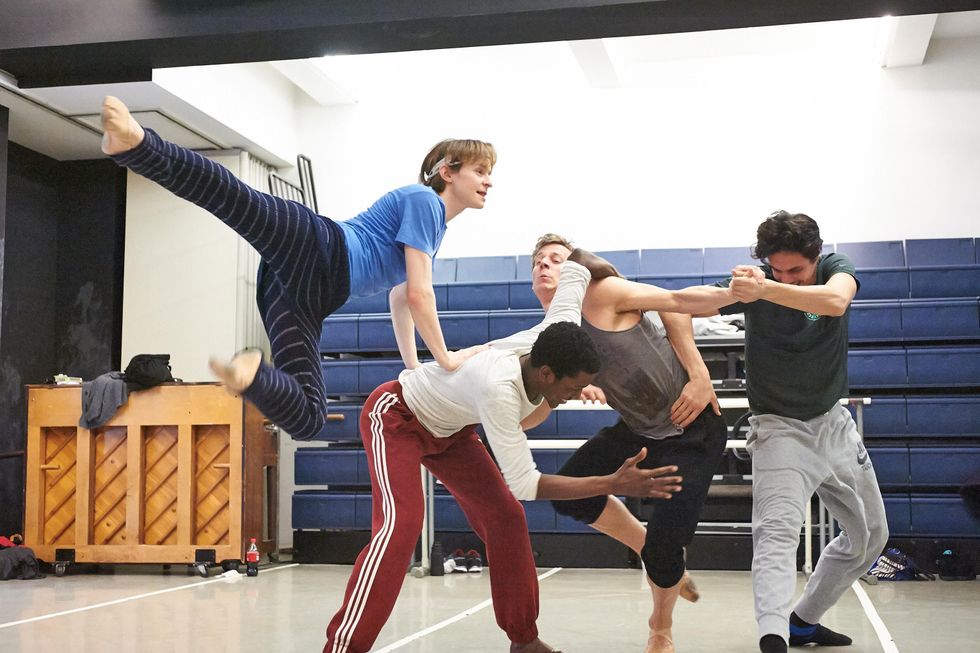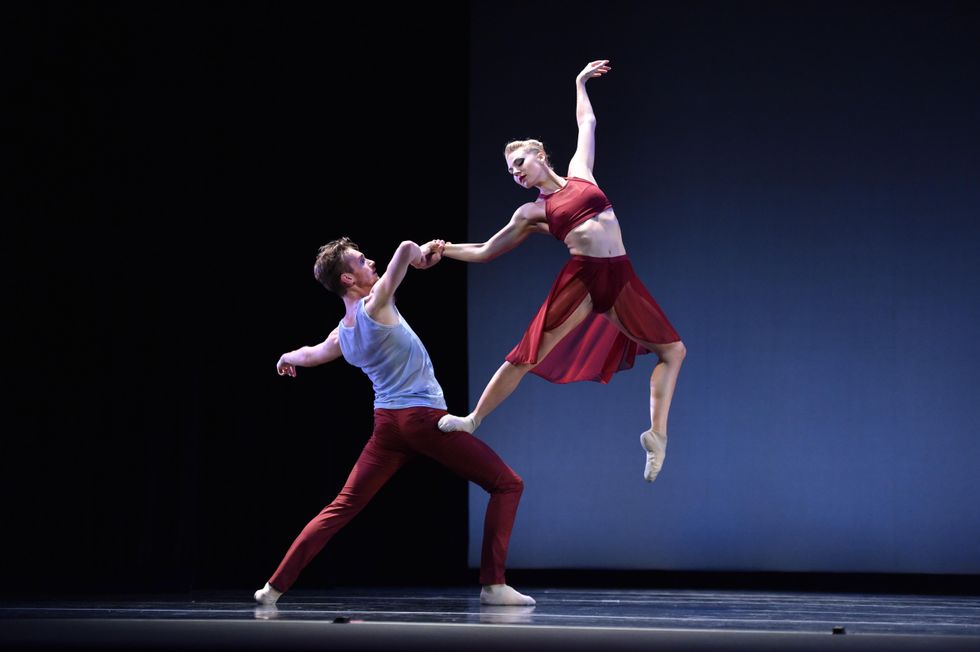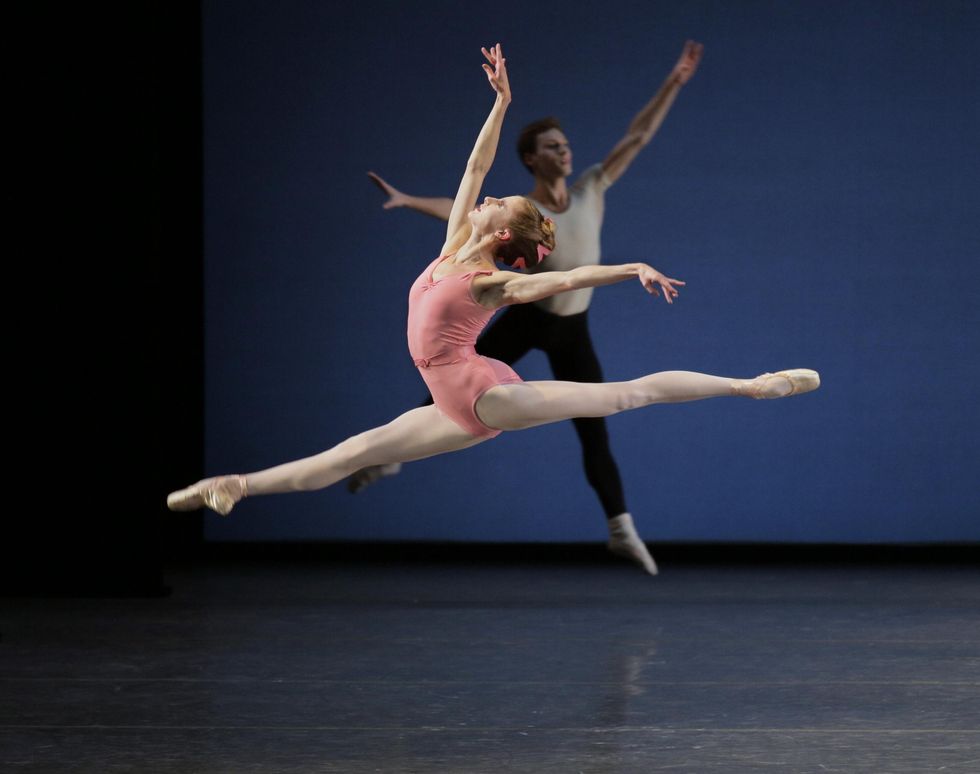Do The Hustle: What it Takes to Juggle Multiple Dance Jobs
Having just returned to New York City after a couple weeks of guesting in Southeast Asia, American Ballet Theatre principal Daniil Simkin is in rehearsal for the lead role in Alexei Ratmansky’s latest creation, Whipped Cream. In between this brief rehearsal period and ABT’s Metropolitan Opera House season, Simkin will be using any days off to travel for other guest performances. That is, when he’s not in production meetings or rehearsing in Chicago or New York for his own project premiering at the Guggenheim in the fall, or preparing his debut as Albrecht in Giselle for an ABT tour.
“If I have an hour break between rehearsals, I try to get my work done for the day,” says Simkin. “There are emails, meetings, fundraising, a lot of administration stuff with the Guggenheim project, delegating, checking in—’Will Dior do the costumes?’—and then I might get a guesting invitation and then I have to check my schedule, book flights and hotels.”

Daniil Simkin’s Intensio project. Photo by Jim Lafferty
Multitasking has become the new normal in the concert dance world. Many dancers, not just international stars like Simkin and Misty Copeland, are adding freelance careers on top of their regular company commitments. It seems like most artistic staffs have come to accept and even embrace this type of branching out, citing artistic growth for the dancers and marketing benefits for the company as their dancers grow more visible.
But the question remains: How much can one dancer juggle while maintaining both health and sanity—and still satisfying their commitments as a company dancer?
Dancers didn’t always operate this way. “There was a different culture when George Balanchine was alive,” says former New York City Ballet soloist and BalletMet artistic director Edwaard Liang. “People were extremely focused on their main job and work with Mr. B and Jerome Robbins.” Even though big stars were able to guest, there weren’t many opportunities for rank-and-file company dancers.

Los Angeles Ballet’s Zachary Guthier and Smuin Ballet’s Erica Felsch at National Choreographers Initiative. Photo by Dave Friedman.
Today, there are more guestings, galas, pickup troupes and other side jobs available all over the country and abroad. And the thinking inside many companies has evolved to encourage this outreach.
“This career goes so quickly; as much experience as you can get is good,” says Liang, who took leave from NYCB to do Fosse on Broadway and dance with Nederlands Dans Theater during his own career. Today, he tries to hook up his dancers with outside projects, like the National Choreographers Initiative, whenever he can. “When they come back they are richer, deeper, more creative, even more engaged in the company.”
Anthony Randazzo, ballet master at Boston Ballet, where several dancers like Lia Cirio participate in and manage side projects, agrees. “It is a chance to grow,” he says, “and that helps strengthen the company, which is a win for everyone.” He admits that there are challenges when a dancer asks for a day off during the season, but is quick to point out that if it can be accommodated, the benefits of the opportunity usually outweigh the extra work required to manage scheduling and rehearsal flow.
For some dancers, performing outside work just makes financial sense. Since few contracts are year-round, summer and side projects can keep up their technique as well as cushion their bank accounts.
But physical therapists warn that taking on too many projects can come at the expense of rest. Dancers have to be careful not to overwhelm their bodies if they already have a demanding rehearsal, performance and touring schedule. However, Simkin feels that the variety of styles his guestings generate has actually kept him healthier and less prone to injury.
Not all dancers go after this extra work. For instance, New York City Ballet principal Sterling Hyltin turns down such offers during the season in order to help preserve her work-life balance. “I can’t physically do any more,” she says. “I have had seasons where on Mondays I would be doing a photo shoot, or once I flew off to Russia for a weekend gala, but then I wound up without a day off. Some people can operate that way, but it hasn’t been good for my body or my mind.”
Instead, Hyltin finds ways to further her artistic growth and recharge herself by doing things besides dance—reading, going to museums and walking her dog. While she understands that other dancers in the company find fulfillment in performing on Broadway and elsewhere, she feels completely nourished by the opportunities she already has at NYCB.

Sterling Hyltin, photo by Paul Kolnik, courtesy NYCB.
Making the most of these career choices comes down to defining what success means to you. “Different dancers have different visions of success, whether it be galas and medals versus being a part of a company, or simply doing fashion photo shoots in their spare time,” says Randazzo. “The trick is to find what might have a deeper meaning for you.”
“There were absolutely times I felt left out when I was younger, when I felt like it was a form of competition: how many galas, how many modeling gigs you have,” says Hyltin. “You can really get down on yourself, but you have to find a certain amount of healthy exposure. Decide what works for you. If you spread too thin, all your work can become less meaningful.”
Luckily for Simkin, his workaholic schedule seems to suit his personality. “I get to do what I love, I get to travel and live a good life,” he says. “You can always be too tired and feel like you are juggling too much, but our careers are too short, so I enjoy spreading myself out.” However, now that he is scheduled for the next two years, Simkin admits that he’s added something new to his to-do list: downtime.




